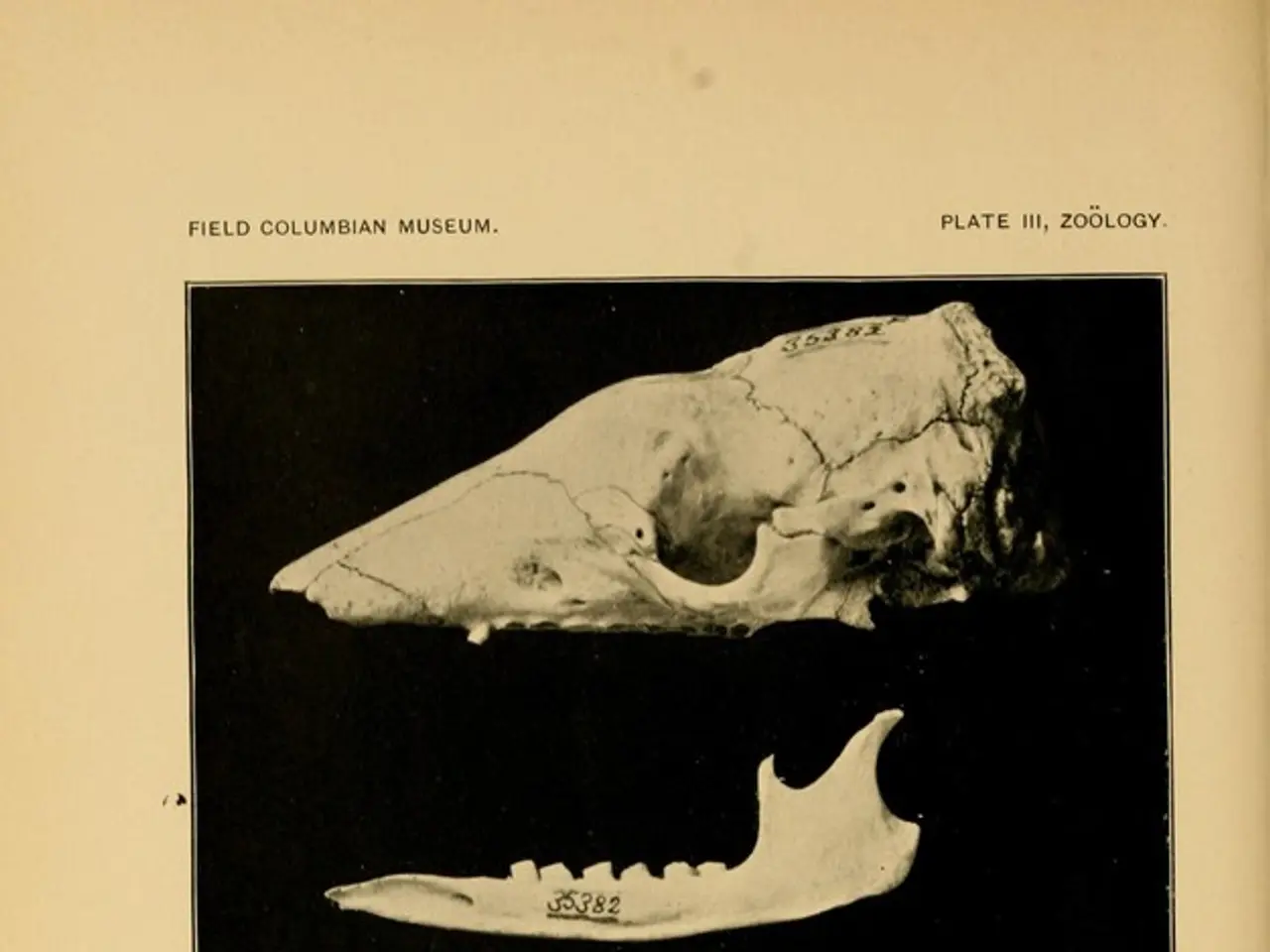Flexor Digitorum Superficialis: Key to Finger Flexion and Daily Tasks
The flexor digitorum superficialis, an essential extrinsic muscle, plays a crucial role in hand function. It flexes the four medial fingers, aiding in various daily tasks.
This muscle, supplied by the ulnar artery and innervated by the median nerve, has two heads: the humeroulner and radial. The humeroulner head originates at the medial epicondyle of the humerus and the ulnar collateral ligament and coronoid process of the ulna. The radial head arises from the back portion of the radius.
The flexor digitorum superficialis primarily flexes the fingers at the proximal interphalangeal joints, with its secondary action being flexion at the metacarpophalangeal joints. It consists of four tendons that pass through the carpal tunnel and insert on the middle phalanges of the index, middle, ring, and pinkie fingers. Each of these fingers contains three bones: distal, middle, and proximal phalanges.
Injuries to this muscle, such as those affecting median nerve innervation, are typically examined and treated by peripheral nerve specialists or neurosurgeons with expertise in peripheral nerve surgery. However, diagnostic issues may arise when the tendon is absent from the little finger.
The flexor digitorum superficialis, with its dual heads and four tendons, is vital for finger flexion. Its proper function enables us to perform numerous daily activities. Injuries to this muscle require specialist attention for effective treatment.





